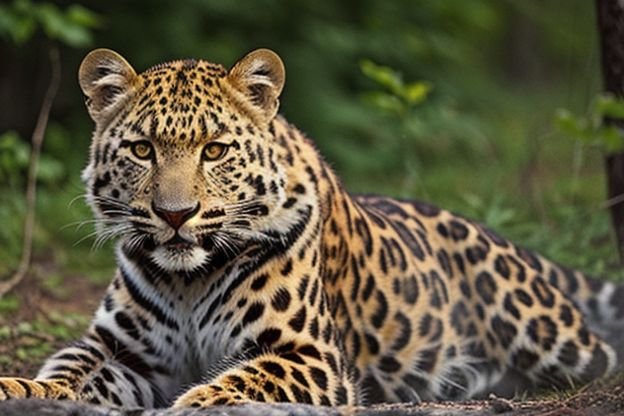Introduction
Across the globe, countless species face the risk of extinction. The causes range from habitat loss to climate change and illegal poaching. This article explores some of the world’s most endangered species, the threats they face, and the actions we can take to protect them.
Part 1: The Most Endangered Species
The IUCN Red List categorizes species according to their risk level. Here are some of the critically endangered species:
1: Javan Rhino

With fewer than 70 individuals left in Indonesia, the Javan Rhino suffers from habitat destruction and vulnerability to natural disasters.
2: Vaquita

A small porpoise in Mexico, the vaquita faces extinction due to illegal fishing and bycatch in gillnets. As of recent estimates, fewer than 10 remain.
3: Amur Leopard

Found in the Russian Far East, the Amur leopard is critically endangered due to poaching and deforestation, with only about 100 left in the wild.
Part 2: Threats to Endangered Species
Many species face overlapping challenges:
1: Habitat Loss: Deforestation, agriculture, and urbanization destroy natural habitats. For example, the Javan rhino’s limited range is threatened by agricultural expansion.
2: Climate Change: Changes in temperature and rainfall patterns disrupt ecosystems. Polar bears, for instance, are losing their hunting grounds due to melting ice.
3: Illegal Wildlife Trade: Species like the pangolin are trafficked for their scales and meat, pushing them closer to extinction.
Part 3: How to Protect Endangered Species
There are actionable ways individuals and communities can contribute to protecting these species:
1: Support Conservation Efforts: Organizations like the World Wildlife Fund (WWF) fund habitat restoration and anti-poaching measures.
2: Sustainable Consumption: Choosing sustainable products reduces the pressure on ecosystems. For example, sustainable seafood choices help protect marine species.
3: Reduce Plastic Use: Plastic pollution affects marine species, with over 1 million animals killed annually. Avoiding single-use plastics can have a significant impact.
Conclusion
Protecting endangered species is crucial for maintaining biodiversity and ecological balance. By understanding the threats they face and taking small actions, we can help secure a future for these animals.





